How did Valentine’s Day chocolate become a global gift staple?
From a sacred Aztec drink to Victorian marketing genius, chocolate became the ultimate Valentine’s gift.
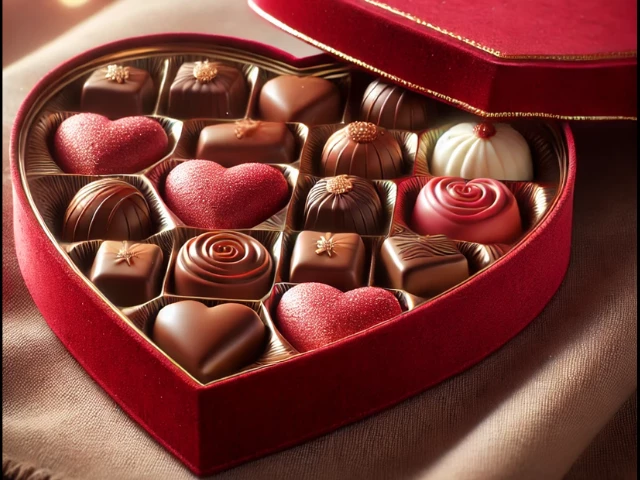
The heart-shaped boxes of chocolates that dominate Valentine’s Day shelves today trace their origins to a strategic marketing campaign from the 1860s.
British chocolatier Richard Cadbury is credited with popularizing the iconic gift, creating a sensation that continues to thrive globally.
Historically, chocolate’s journey began far from the Victorian-era confectioneries of Europe. The Aztecs and Mayans of ancient Mesoamerica initially consumed cocoa beans as part of a sacred, bitter drink reserved for their elite.
This practice eventually made its way to Europe in the 16th century, but it took several centuries before the beverage became palatable to European tastes.
Malcolm Purinton, an assistant teaching professor of history at Northeastern University, explains that it wasn’t until the 19th century that chocolate found widespread appeal in Europe.
"It was a gradual process for chocolate to shift from a bitter drink to the sweet confections we know today," Purinton says. "But by 1861, Cadbury introduced a marketing breakthrough that would change everything. They didn’t just sell the chocolate — they sold the experience, packaging it in heart-shaped boxes."
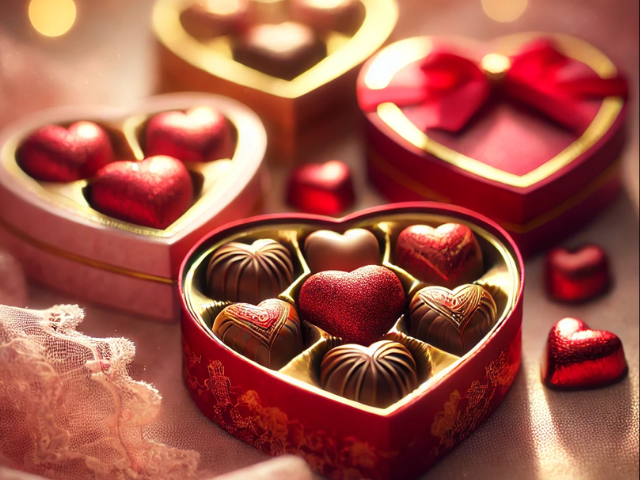
The timing of this innovation was crucial. By the 1860s, Valentine’s Day had transitioned from a religious observance to a secular celebration, and the growing temperance movement in Britain and the United States made non-alcoholic gifts like chocolates increasingly popular.
Cadbury’s innovation of using cocoa butter, the fat extracted from cocoa beans, to create smoother, more affordable chocolates made the product even more desirable.
Purinton highlights that this shift coincided with Europe’s increased access to sugar, coffee, and cocoa, products which were made more accessible through the labor of enslaved people in the Americas.
With romanticism already a prominent theme in 18th and 19th-century art, and Valentine’s Day becoming increasingly commercialized, chocolate became the perfect gift to symbolize love and affection.
"The decadence of chocolate, long reserved for the elite in ancient civilizations, continued to influence its appeal," Purinton explains. In Mesoamerican cultures, chocolate was a drink for royalty, often used in sacred ceremonies or to honor warriors. "It was a symbol of prestige and luxury," he says. "For the masses, consuming it was a mark of social status."
Today, this legacy has spread far beyond the West.
In Pakistan, chocolates have become a staple for celebrations, particularly on Valentine’s Day. The influence of global marketing combined with local customs has cemented the tradition of gifting chocolates, not just as a token of love but also as a symbol of wealth and status.
As in many parts of the world, Valentine’s Day is now marked by exchanges of chocolates, flowers, balloons and cards, continuing the centuries-old tradition of associating chocolate with love and romance.



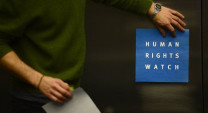



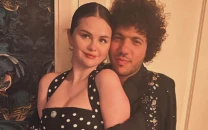
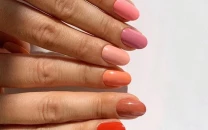


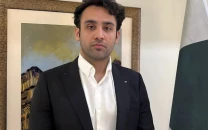


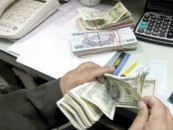






COMMENTS
Comments are moderated and generally will be posted if they are on-topic and not abusive.
For more information, please see our Comments FAQ